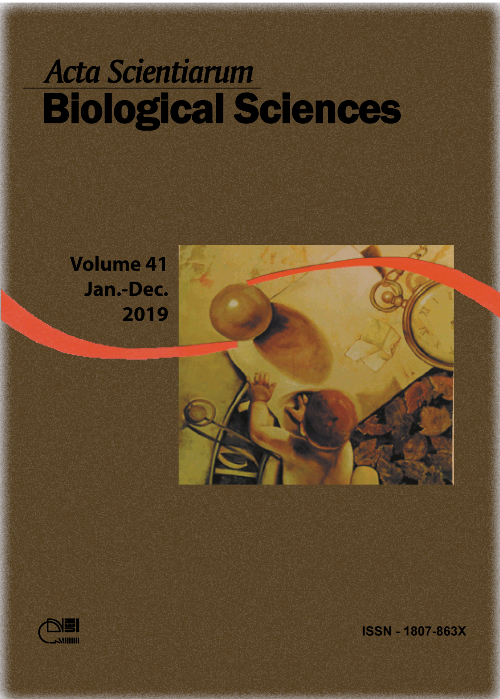Positive-reinforcement strategies to reduce capture-stress in Capybaras
Resumo
Prior to the administration of any anesthetics, capturing the semi-aquatic capybara (Hydrochoerus hydrochaeris) demands physical restraint, which presents immense challenges. Traditional methods, such as lassoing and traps, are prone to induce acute stress, may result in injury, and can even have fatal outcomes. As part of a larger population control project using contraceptive methods, frequent capture-induced stress and injury may directly affect normal reproductive physiology. Thus, choosing a less stress-inducing method was imperative. In this report, we describe methods of conditioning to enable frequent capture and manipulation, using bait as a positive reinforcement associated with a special click-sound, in a free-ranging population of 40 capybaras. The objectives were to attract, herd, and allow capybaras to voluntarily enter a coral. We evaluated the conditioning effect on individual and group behaviors, interpreting vocal and body language manifestations during the processes of conditioning, herding, capture, and recovery (post procedure/chemical restraint), with the aim of minimizing capture-related stress and injuries. Based on our observations, we report that conditioning, used as part of the capture strategies, noticeably facilitated physical restraint and manipulation throughout the procedures, while apparently maintaining the animals’ overall welfare as it relates to conditioning and capture.
Downloads
DECLARAÇÃO DE ORIGINALIDADE E DIREITOS AUTORAIS
Declaro que o presente artigo é original, não tendo sido submetido à publicação em qualquer outro periódico nacional ou internacional, quer seja em parte ou em sua totalidade.
Os direitos autorais pertencem exclusivamente aos autores. Os direitos de licenciamento utilizados pelo periódico é a licença Creative Commons Attribution 4.0 (CC BY 4.0): são permitidos o compartilhamento (cópia e distribuição do material em qualqer meio ou formato) e adaptação (remix, transformação e criação de material a partir do conteúdo assim licenciado para quaisquer fins, inclusive comerciais.
Recomenda-se a leitura desse link para maiores informações sobre o tema: fornecimento de créditos e referências de forma correta, entre outros detalhes cruciais para uso adequado do material licenciado.












1.png)




3.png)













